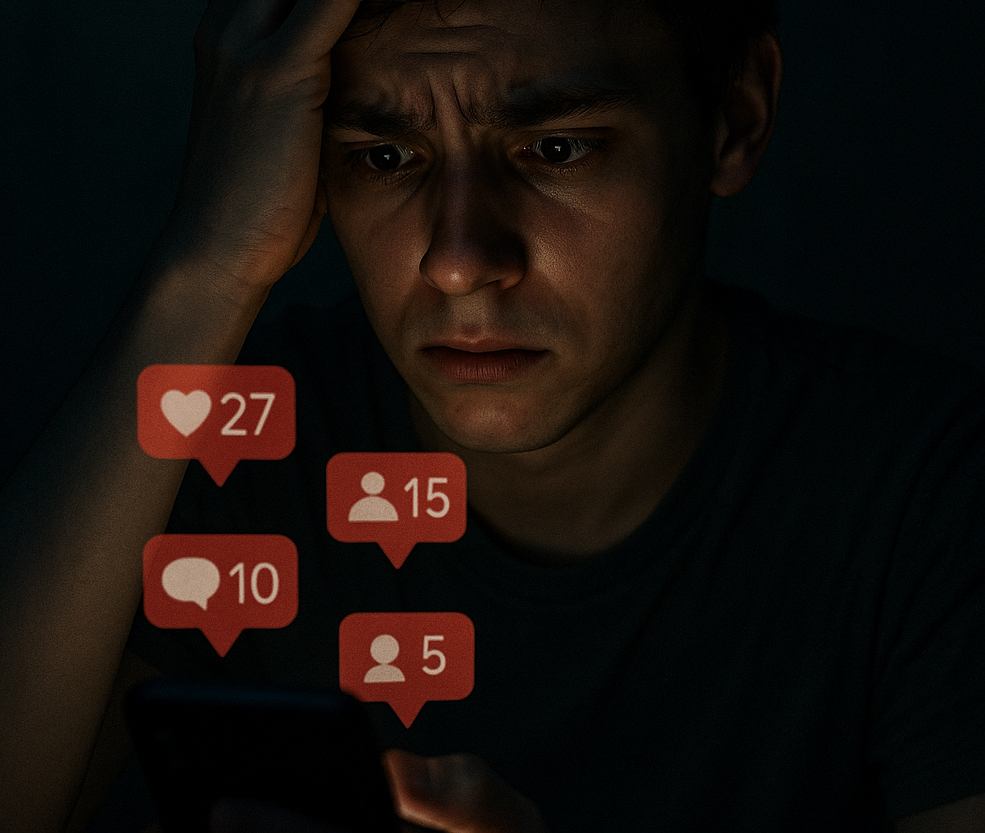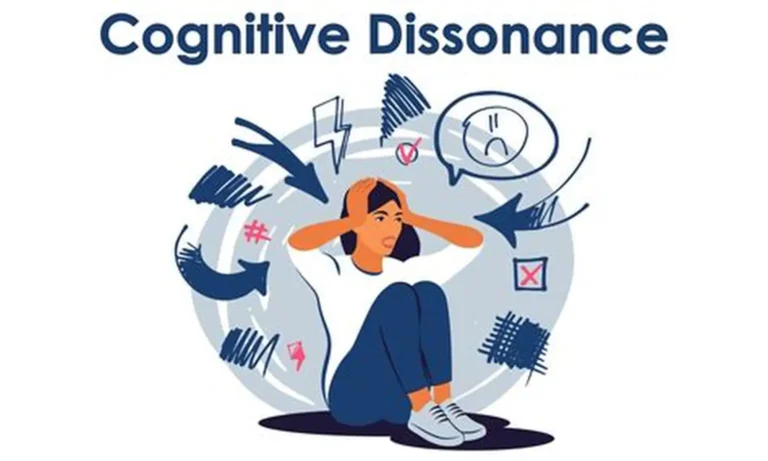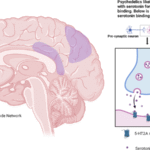Social media has rapidly become a pervasive force in the lives of young adults, leading to rising mental health issues, increased self-harm—especially among young females—and documented changes in brain development. Multifaceted legislative action and early intervention are urgently needed to combat these negative effects and protect future generations.
Introduction
With over 4.6 billion users worldwide as of 2024, social media platforms are now an integral part of daily life, especially for young adults. While these platforms promise connectivity, creativity, and self-expression, growing evidence shows that prolonged and early exposure is associated with increased rates of anxiety, depression, self-harm, and impaired cognitive development. The effects are especially pronounced in teenage girls, who report higher rates of negative outcomes and diminished self-esteem.
Social Media and Mental Health: The Global Context
Growing Concerns and Statistics
Recent surveys and studies highlight alarming trends:
- 73% of young adults (18-24) believe social media negatively affects their mental health.
- Over 50% of teenagers report feeling anxious or depressed after using social media.
- Girls are 20% more likely than boys to experience negative social media effects.
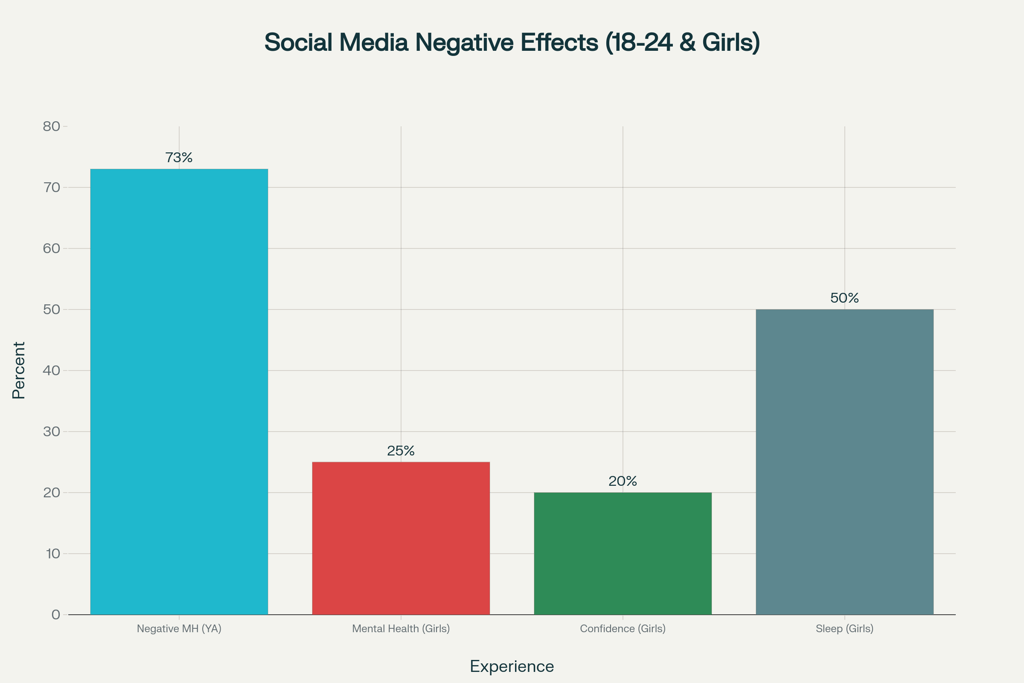
Chart: Negative Effects of Social Media on Young Adults and Teen Girls
Early Exposure and Cognitive Brain Development
The Science Behind Early Social Media Use
Early exposure to digital media, including social platforms, impacts how young brains develop:
- Delayed Language and Social Development: Children exposed to screens for long periods before the age of two have delayed language and social skills development compared to those engaged in human interaction.
- Brain Changes: Habitual use of social media triggers changes in regions controlling social rewards, emotional processing, and judgment. Adolescents who frequently check social platforms show altered trajectories in the amygdala (emotional responses), dorsolateral prefrontal cortex (decision making), and cerebellum (social cognition).
- Potential Risks: These developmental changes may hinder a child’s ability to navigate relationships, cope with feedback, and manage emotions as adults, although long-term effects are still being studied.
Further Reading:
The Rise in Self-Harm Among Young Adults, Especially Females
Self-Harm: Alarming Trends
Self-harm rates among adolescents have spiked in recent years, correlating with increased social media usage and pandemic isolation effects.
Key Findings:
- Self-harm rates among adolescent females have seen dramatic increases:
- In China, self-harm rates for 11-year-old females surged from 23.84% in 2019 to 37.30% in 2020, reaching 44.78% in 2021. Rates for males remained significantly lower (9.5% in 2021).
- Self-harm prevalence for female adolescents globally is 21.4%, nearly 1.6 times higher than for males.
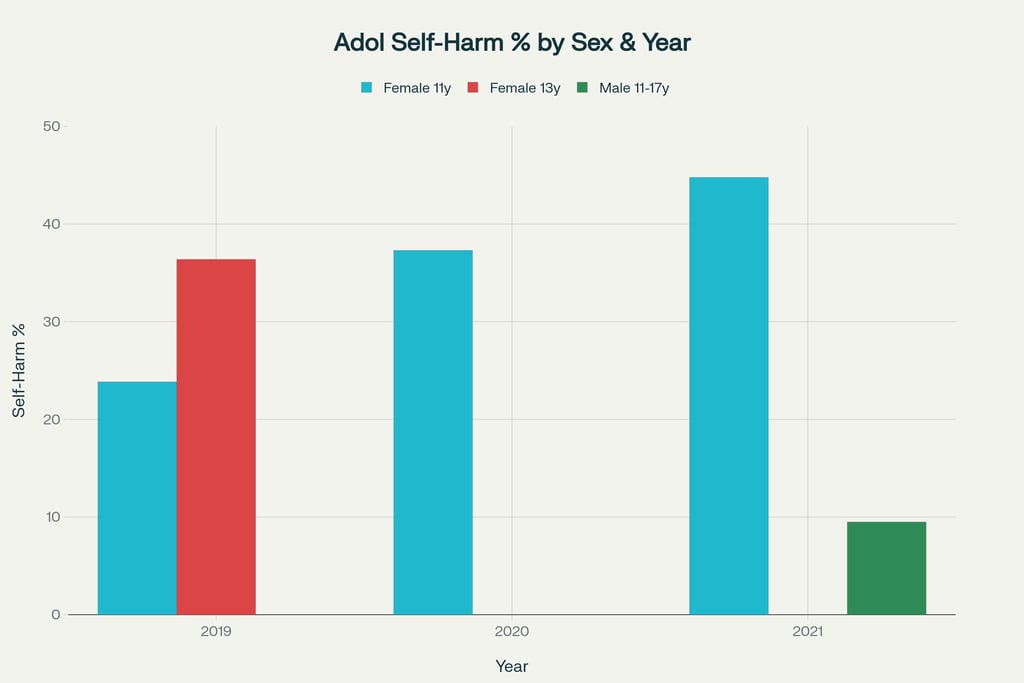
Chart: Self-Harm Rates Among Adolescents by Sex and Year (China, 2019-2021)
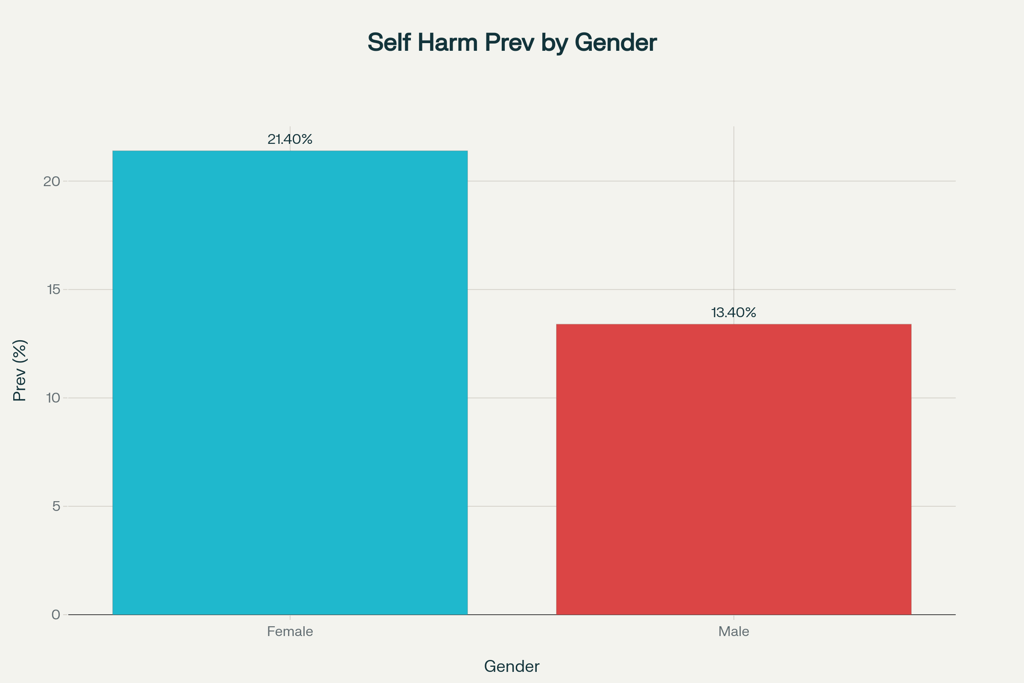
Chart: Global Prevalence of Self-Harm Among Adolescents by Gender
Underlying Risk Factors:
- Loss of Self-Esteem: The “comparison trap” on platforms like Instagram and TikTok erodes self-worth, especially in girls.
- Social Isolation & FOMO: The fear of missing out and exclusion drives distress and self-harm behaviors.
- Exposure to Harmful Content: Online networks often share and romanticize self-harm, promoting contagion and exacerbating vulnerable users’ tendencies.
Read more:
- Meta-analysis: Sex Differences in the Global Prevalence of Nonsuicidal Self-Injury (NSSI)
- WHO: Teens and Problematic Social Media Use
Social Media’s Impact on Self-Esteem and Wellbeing
How Social Platforms Affect Young Adults
- Negative Feedback Loop: The pursuit of likes, shares, and instant validation can lead to social fatigue, anxiety, and dependency.
- Disrupted Sleep and Confidence Issues: Girls report the highest rates of sleep disruption (50%), diminished confidence (20%), and negative mental health effects (25%) from social media.
- Cyberbullying and Body Image Distortion: Digital harassment and unrealistic beauty standards foster anxiety, depression, and eating disorders—fueling self-harm, especially in females.
Legislative action: Safeguarding the Future
The Case for Tough and Responsive Policy Measures
Given the significant risks, legislative bodies worldwide are moving to address these challenges, but experts argue more aggressive steps are needed:
- Content Regulation and Age Verification: Laws like the UK’s Online Safety Act mandate platforms to proactively remove harmful content (self-harm, explicit material) and apply strict age verification.
- Platform Accountability: Social networks are now legally responsible for the mental wellbeing of minors, facing steep fines or bans for non-compliance.
- Global Initiatives: Australia has pioneered a social media ban for children under 16 years, and several European nations are considering age-based access restrictions.
- Precautionary Principle: Policies must err on the side of caution, taking preventative action even before conclusive causal evidence emerges.
Recent Policy Headlines:
- Will the Online Safety Act protect young people’s mental health?
- Precautionary Approach to Social Media: Protecting Young Minds
What More is Needed?
- Lower platform age limits and enforce bans for children;
- Mandatory reporting and removal of self-harm and suicide-related content;
- Digital literacy education and mental health curricula in schools;
- Collaboration between tech companies, governments, and mental health experts;
- Research funding to further clarify causal pathways and intervention effectiveness.
Conclusion: Toward a Healthier, Safer Digital Future
The mental health crisis among young adults, fuelled by unchecked social media exposure, demands urgent scientific, social, and legislative intervention. The sharp rise in self-harm—especially among girls—the documented negative impact on brain development, and the erosion of self-esteem cannot be ignored. By combining robust policy, education, parent engagement, and responsible tech innovation, society can counter these trends and better protect the next generation.
External Resources for Further Research
- Pew Research: Teens, Social Media, and Mental Health
- World Health Organization: Teens, Screens, and Mental Health
- Meta-analysis: Sex Differences in Nonsuicidal Self-Injury
- Will the Online Safety Act Protect Young People’s Mental Health?
- American Psychological Association: Internet Addiction
- Health Matters: Adolescent Brain and Social Media
Summary
The evidence is clear: social media poses significant and growing risks to the mental health and cognitive development of young adults, especially females. Self-harm rates are surging and new legislative action is needed to mitigate these harms. With robust public awareness, science-led policy, and tough platform accountability, we can reclaim digital spaces as sources of connection and well-being for our youth.

